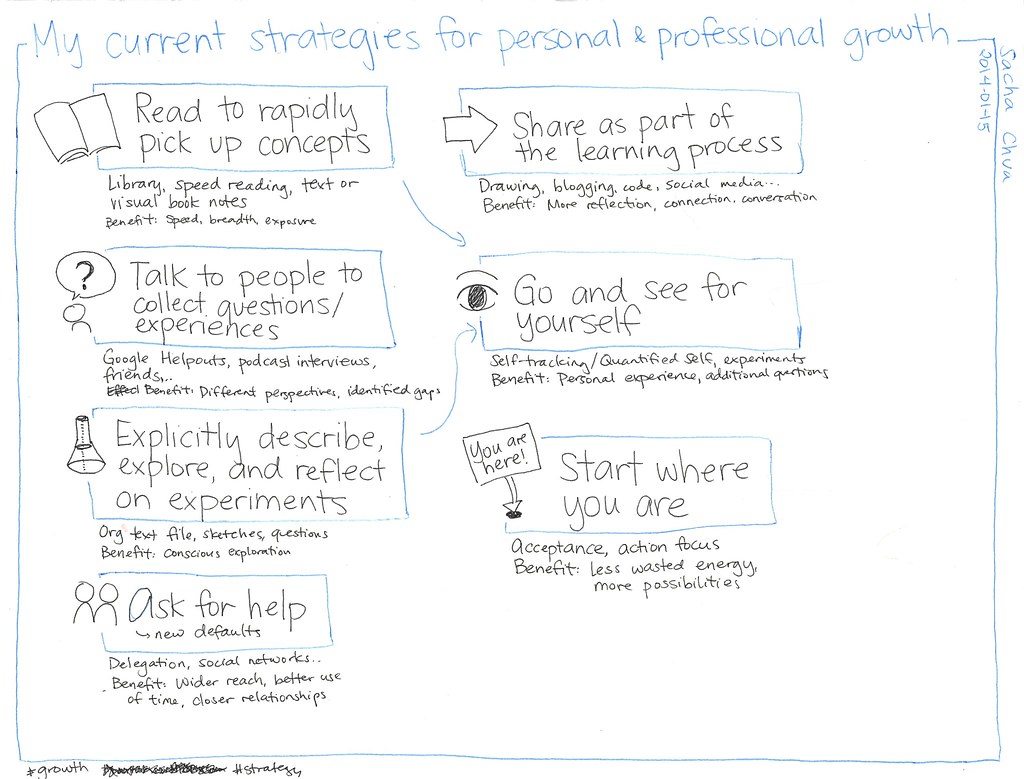Executive Summary and Main Points
In the dynamic world of higher education and educational technology, it is imperative to draw lessons from patterns of innovation and growth across various sectors. The story of Careem, the Middle East’s first unicorn startup, provides valuable insights into surmounting technical, cultural, and financial barriers, while scaling operations across regions with significant infrastructural and systemic differences. Key takeaways from Careem’s journey include the importance of localization, the creation of region-specific solutions like a bespoke mapping system, and strategic engagement with local and governmental stakeholders. These insights are particularly pertinent to international education sectors as they navigate the complexities of digital transformation and cross-border expansion.
Potential Impact in the Education Sector
The case of Careem underscores several potential impacts on Further Education, Higher Education, and Micro-credentials. First, Careem’s emphasis on localized innovations could inspire institutions to develop education technologies that cater specifically to their demographic and regional intricacies. For Higher Education, Careem’s growth strategy illustrates how universities can leverage strategic partnerships to expand their global footprint. Lastly, the Careem narrative may influence the creation and distribution of Micro-credentials, demonstrating how to effectively meet local market needs and government engagement to boost credibility and recognition.
Potential Applicability in the Education Sector
Innovative applications stemming from Careem’s experience can be translated into the education sector through AI and digital tools tailored to global education systems. For instance, institutions could develop AI-driven platforms for personalized learning experiences that consider linguistic and cultural differences. Similarly, digital tools can be created to facilitate seamless cross-border academic collaborations, resource sharing, and international student support services, enhancing the global interconnectedness between educational entities.
Criticism and Potential Shortfalls
While Careem’s success story is inspirational, it’s not without potential criticisms and shortfalls when applied to the education sector. Firstly, the replication of such a model could lead to an over-reliance on technology, possibly widening the educational divide if not carefully managed. Ethical considerations around data privacy and AI biases must be addressed, particularly in regions with diverse socio-cultural norms. Additionally, there is a risk that such innovations may be perceived as neocolonial, especially when global educational brands attempt to penetrate local markets without adequate local stakeholder engagement and benefit-sharing.
Actionable Recommendations
To leverage these technologies effectively in the education sector, it is recommended that educational leaders adopt a phased approach. Begin with small-scale pilots to test localized solutions, gather feedback, and ensure cultural relevance and ethical alignment. International education leadership should foster strategic partnerships with technology firms to co-create tailored educational tools and platforms. Moreover, investing in staff training to adapt to new technologies will be crucial. Finally, building a culture of continuous innovation and critical reflection will help educational institutions remain agile and responsive to the evolving demands of global higher education.
Source article: https://hbr.org/podcast/2024/01/growth-strategy-lessons-from-the-middle-easts-first-unicorn-start-up

